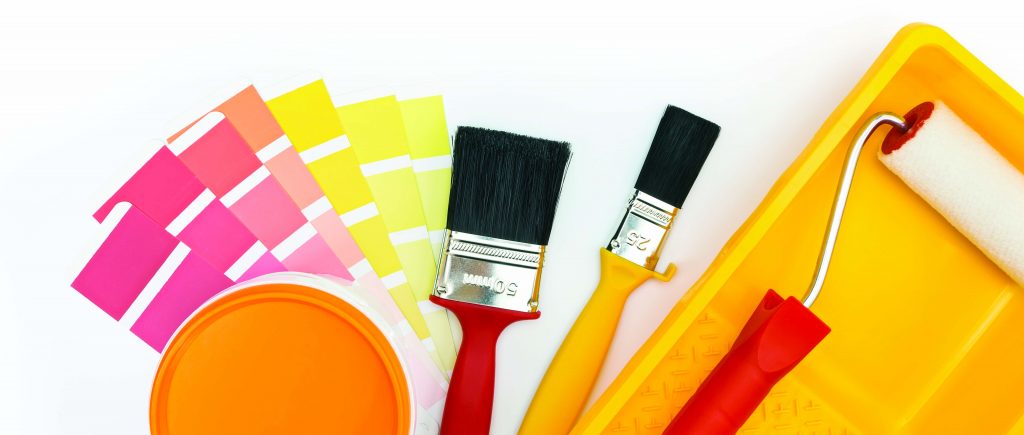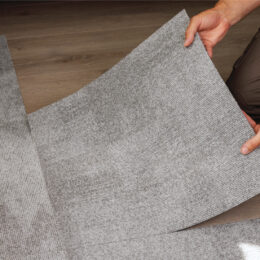BY CURTIS GILLMAN

Choosing a suitable paint formula, sheen and color are all key to getting great results from a paint project. But the tools you use to apply your paint are just as important! So as you plan your summer painting project, here are some guidelines to help you select appropriate brushes and rollers, along with some care tips.
• Use synthetic-bristle brushes with latex paints. Latex paints are water-based. Natural bristles go limp in water, making application control nearly impossible.
• Use natural-bristle brushes with oil-based paints. As a general rule, oil-based paints, stains and varnishes are best applied with natural bristles. A typical natural-bristle brush leaves behind fewer brush marks than a typical synthetic brush.
• Brush quality makes a difference. For painting projects where finished appearance isn’t extremely important, a general-purpose brush with blunt bristle ends will likely suffice. When you don’t want visible brush strokes, step up to better brushes. Higher-quality brushes have higher bristle counts, with varied bristle lengths and tapered ends. They also shed less.
• Brush shape and size matter. When painting large areas, you’ll cover ground more quickly with a 4-inch brush. For tight spots, a 1- or 2-inch brush will be easier to work with. A trim brush with an angled edge allows for precise application around moldings and edges.
• Try a roller. Paint rollers are fantastic for quickly coating large areas. Standard roller frames use 9-inch covers and are great for wall painting. Smaller trim rollers ensure smooth results on cabinets, doors, and other relatively small areas where appearance is crucial.
• Roller covers need the right nap for the job. The nap of a roller cover refers to its fabric thickness. The rougher the surface you’re painting, the longer the nap needs to be to ensure proper coverage. For smooth surfaces like drywall, use a ¼-inch nap. For textured plaster or acoustic tile, use a medium nap of ⅜-inch to ½-inch. For stucco or brick, use a long nap of ¾-inch to 1-inch.
• Quality makes a difference with roller covers, too. Roller covers come in different grades. Higher-quality covers are made with higher-density fabrics that hold more paint and spread it more evenly, and they have plastic cores that won’t deform when gently squeezed. They can last a long time if you clean them promptly and thoroughly after painting.
Visit your local Do it Best store or doitbest.com for the best in home improvement products, including paint, applicators, and other essentials for successful paint projects!
Treat your brushes with TLC
With proper care, quality brushes can last for years. Clean them immediately after use, before the paint hardens. Brushes used with oil-based paints should be cleaned with a solvent such as mineral spirits. For latex paints, use warm water. Don’t soak your brushes, or they may rust. The best way to store them is to hang them up, so the bristles will keep their shape.

(This article is for informational purposes only. Electric Consumer and Do it Best assume no liability for the accuracy or completeness of its content, or for injuries, property damage, or the outcome of any project.)
Curtis Gillman is the vice president of operations for Gillman’s Home Centers located throughout central Indiana and is a member-owner of Do it Best Corp., a Fort Wayne-based cooperative of thousands of hardware stores, home centers and lumberyards in the United States and around the world.



